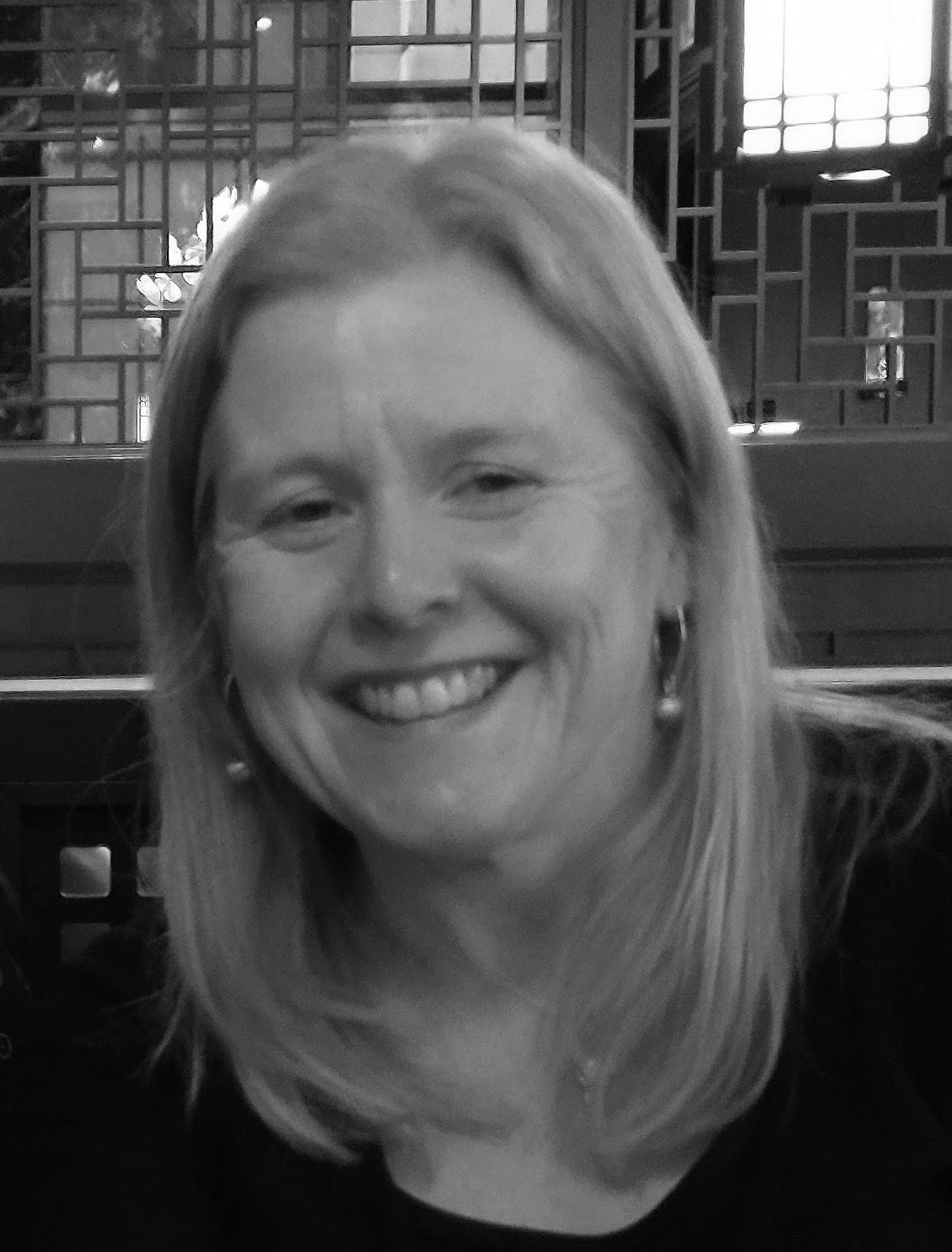
Dr Sharon Maguire, a Careers & Employability Manager at The University of Edinburgh, proposes the “creative, iterative, human-centered, problem-solving methodology” of Life Design as an answer to urgent questions of student employability, curriculum transformation, and the future of work. This post is part of the Learning & Teaching Enhancement Series: Careers and Employability.
We see thousands of students every year – helping them carve out a future beyond university is a big responsibility, but it’s firmly grounded in a partnership approach. Careers consultants dip into their practitioners’ toolbox to ask the right questions, challenge assumptions, and prompt reflections on what is – and what could be. In turn, we expect students to explore, investigate, and research; trying things out and learning from experience. Rarely do we talk about the ideal ‘career’, knowing that career thinking is fluid and career options plentiful. Progress is invariably incremental: as students learn more about themselves – and the labour market – they can start to put firmer contours to their ideas.
Our approaches are grounded in a variety of career theories and we weave these in as appropriate, choosing what fits the student and situation. Planned Happenstance Theory of Career (Krumboltz & Levin, 2004) is a popular choice and seems particularly prescient just now, echoing changes that are being forecast for the future of work. It recognises that career planning is often influenced by unplanned events, but encourages qualities such as curiosity, flexibility, persistence, and optimism. This means you can spot opportunities and take advantage of unplanned events by being open-minded and willing to change. The ‘planned’ part of the theory is important, but planning is more about awareness and exploration than creating a fixed career plan…
… but this takes a certain degree of confidence and self-assurance, which is both fragile and transient in early years. Students can be risk averse, reluctant to experiment and ‘play’ with ideas.
That’s where Life Design comes in.
Life Design is a creative, iterative, human-centered, problem-solving methodology that can be applied to navigate change and transition throughout life.
Two educators at Stanford University, Dave Evans and Bill Burnett, developed the approach to help students to design their life at university and beyond (Burnett and Evans, 2018). They created a suite of courses using a design-thinking approach that involves asking good questions to solve a problem, using a process of iteration to test different options. The life design approach is based around 5 key mind-sets of curiosity, bias to action, reframing, awareness, and radical collaboration. What do these mean?
Curiosity: Seeing opportunities for career learning and building experience through exploring and being interested.
Bias to action: Testing things out and embracing change; encourages students to shift focus onto what will happen next rather than the final outcome.
Re-framing: Looking at things from different angles, being open-minded, and unafraid to change ideas or plans as a result of new experiences or information. It helps students to get unstuck.
Awareness: That design can be a messy process and can involve letting go and re-calibrating thoughts and ideas. Feeling confident – and supported – to take risks and fail! Using that knowledge, insight, and growing maturity to shape and embody their ‘designed life’.
Radical collaboration: Recognition that other people are a vital cog in the wheel and play an important role in life design. Students don’t have to go it alone – they are anchored to a supportive community. Mentors, PALS, student support, academics – and us!
A Stanford model with an Edinburgh twist
We are developing a life design programme that will support students to be intentional about how they build experience during their time at Edinburgh (within and outside the curriculum) and to reflect on how that experience helps them build towards future career choices. Aimed initially at early years’ students, the content and activities will encourage students to develop those mind-sets and behaviours fundamental to career planning: finding connections, being curious, managing uncertainty, and building resilience. We’ll use our knowledge of the Edinburgh environment to ensure it reflects challenges and opportunities experienced by and open to our students. The programme will be designed to be flexible, offered alongside or within the curriculum, across or within disciplines.
Life Design is a means to stimulate career thinking but it can offer so much more. There is potential to use this framework (fluid though it is) to tap into shared agendas, be that wellbeing, belonging, or feedback. We hope this post will catalyse further debate and discussion – how do you see this landing?
References
Burnett, B. and Evans, D. (2018). Designing Your Life. Build the Perfect Career, Step by Step. London: Vintage.
Krumboltz, J. and Levin, A. (2004). Luck Is No Accident. 3rd ed. San Luis Obispo, Calif.: Impact.
PwC (2017). “Workforce of the Future: The Competing Forces Shaping 2030”. https://www.pwc.com/gx/en/services/people-organisation/workforce-of-the-future/workforce-of-the-future-the-competing-forces-shaping-2030-pwc.pdf
UKES (2014). “The Future of Work: Jobs and Skills in 2030”. UK Commission for Education and Skills. https://www.gov.uk/government/publications/jobs-and-skills-in-2030
Valentine, R., Stringer H., Green, S. (2019–20). “Skills for the Future of Work”. The University of Edinburgh Careers Service. https://uoe.sharepoint.com/sites/CurriculumTransformation/SitePages/Briefing-Paper—Skills-for-the-Future.aspx
Sharon Maguire
Sharon is a Careers & Employability Manager, leading a team of Careers Consultants covering Divinity, ECA, HCA, and LLC. She is the link consultant for the School of Philosophy, Psychology and Language Sciences. She has a PhD in life sciences and worked in medical research for a number of years. She has almost 20 years of experience leading and developing work on careers and employability in higher education.


